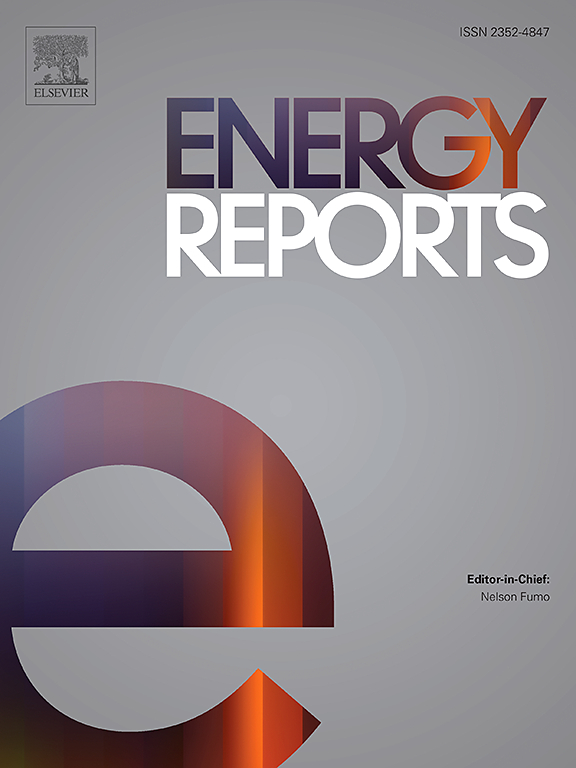Harnessing machine learning algorithms to unveil energy efficiency investment archetypes
IF 4.7
3区 工程技术
Q2 ENERGY & FUELS
引用次数: 0
Abstract
Increasing transparency about the performance of different projects is crucial to reducing the heterogeneity in the energy efficiency services market, thereby upscaling investments. In this context, machine learning algorithms could assist in identifying and analyzing energy efficiency project archetypes, although this field has so far been explored with a limited view in the literature. This paper aims to address this gap by identifying energy efficiency investment families and the determinant factors of the classification scheme, using machine learning. In this effort, it hinges on a wide range of indicators from implemented projects around Europe and the USA, including investment profitability, initial investment, risk of failure, intervention type, life measure, region of implementation and building type. The analysis employs two clustering approaches, namely Partitioning Around Medoids (PAM) and K-means, determining the number of clusters based on the Silhouette index and total within–cluster sum of squares. The results indicate that energy efficiency investments can be classified into three categories: (i) “junk investments”, characterized by low–profitability (IRR10%), moderate risk, and extended horizons; (ii) “safe profitability”, distinguished by high profitability (IRR30%) and minimal risk; and (iii) “high stakes”, described by exceptionally high profitability (IRR40%), coupled with a substantial risk. Next to profitability and risk of failure, also energy efficiency intervention and building type (sector) emerge among the most influential factors in the classification scheme. Feature importance shows a significant sensitivity to the chosen classification model.利用机器学习算法揭示能效投资原型
提高不同项目绩效的透明度对于减少能效服务市场的异质性,从而扩大投资规模至关重要。在这种情况下,机器学习算法可以帮助识别和分析能效项目原型,尽管迄今为止,文献中对这一领域的探索还很有限。本文旨在利用机器学习识别能效投资系列和分类方案的决定因素,从而弥补这一不足。在这一过程中,它依赖于欧洲和美国已实施项目的一系列指标,包括投资利润率、初始投资、失败风险、干预类型、寿命措施、实施地区和建筑类型。分析采用了两种聚类方法,即围绕中间值分群(PAM)和 K-means,根据剪影指数和聚类内总平方和确定聚类数量。结果表明,能效投资可分为三类:(i) "垃圾投资",其特点是低盈利能力(内部收益率 10%)、中等风险和较长的期限;(ii) "安全盈利能力",其特点是高盈利能力(内部收益率 30%)和最低风险;(iii) "高风险",其特点是超高盈利能力(内部收益率 40%)和巨大风险。除盈利能力和失败风险外,能效干预和建筑类型(行业)也是分类方案中最具影响力的因素。特征重要性对所选分类模型的敏感度很高。
本文章由计算机程序翻译,如有差异,请以英文原文为准。
求助全文
约1分钟内获得全文
求助全文
来源期刊

Energy Reports
Energy-General Energy
CiteScore
8.20
自引率
13.50%
发文量
2608
审稿时长
38 days
期刊介绍:
Energy Reports is a new online multidisciplinary open access journal which focuses on publishing new research in the area of Energy with a rapid review and publication time. Energy Reports will be open to direct submissions and also to submissions from other Elsevier Energy journals, whose Editors have determined that Energy Reports would be a better fit.
 求助内容:
求助内容: 应助结果提醒方式:
应助结果提醒方式:


